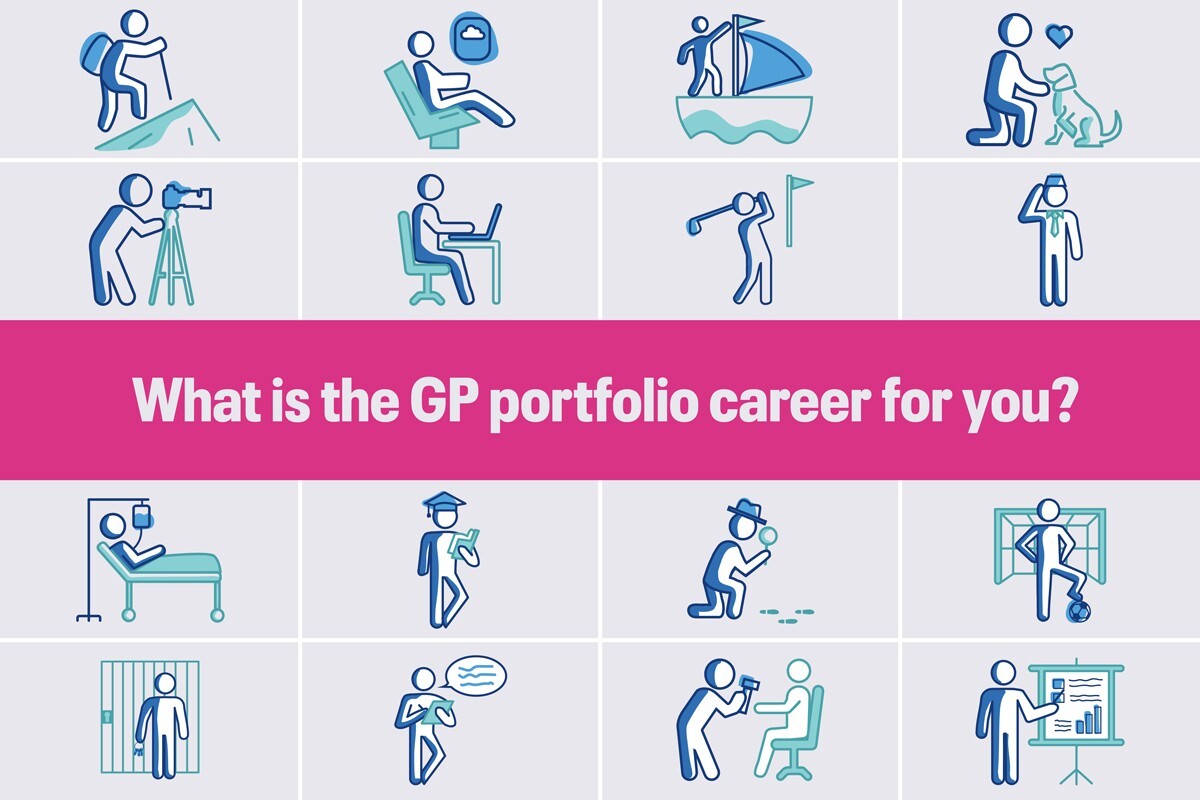CPD: Challenges in atrial fibrillation

Community cardiology specialist Dr Peter Savill discusses five key challenges for GPs in the management of atrial fibrillation.
Learning objectives
This module will support your knowledge of management of AF, in particular:
- When to refer for an echocardiogram or to a cardiologist, and why
- Alternatives to beta blockers
- Indications for urgent cardioversion
- Interpretation of tests to decide whether to anticoagulate
- The potential place for screening for asymptomatic AF
1. GPs fairly often see patients presenting with mild shortness of breath or palpitations who turn out to have atrial fibrillation (AF), but don’t need acute admission. We can manage these patients ourselves initially, but should they all be referred to a cardiologist, or at least have an echocardiogram? If so, why?
All patients should have an echocardiogram, but not all patients need to see a cardiologist.
Atrial fibrillation (AF) is a common arrhythmia encountered in primary care and the initial presentation can vary from acute through to asymptomatic. It can be a chance finding when a patient presents with another problem or with non-specific symptoms. Often AF will come to light with the detection of an irregular pulse on clinical examination, but an increasingly common mode of presentation is from rhythm abnormalities identified by smartwatch technology and home blood pressure monitoring devices.
The most important initial investigation of suspected AF is the 12-lead ECG. If the patient presents with sporadic symptoms or intermittent home monitoring abnormalities then formal ambulatory ECG monitoring will be required. Longer periods of monitoring are more helpful in this regard, with a much higher diagnostic yield from 7-day versus 24-hour monitoring. However, if the patient presents with daily palpitations then 24-hour monitoring will often suffice to confirm or refute AF as a cause for their symptoms.
Once AF is confirmed, the key elements in management (assuming that acute admission is not required) are to determine the thromboembolic risk and initiate an anticoagulant if indicated, assess the need for rate versus rhythm control and manage any co-morbidities.
Further investigations to assist in decision making include:
1. Baseline blood tests. Full blood count, thyroid function, renal function and electrolytes to exclude other potential causes of AF such as thyroid disease and electrolyte abnormalities and to assess baseline renal function in anticipation of initiating anticoagulants.
2. Transthoracic echocardiogram. This is an extremely cost-effective way to screen for structural abnormalities such as valve disease, and to assess left ventricular (LV) function and atrial dimensions. Valve disease, in particular mitral valve disease, is an important cause of AF. Signs of valve dysfunction such as a murmur cannot be relied upon. Impaired LV function can significantly alter the management of AF and atrial remodelling can reduce the effectiveness of rhythm control strategies.
Access to investigations varies geographically, but most practices should be able to perform baseline blood tests and 12-lead ECG. Community cardiology services are available in some areas and offer rapid access to a range of ambulatory ECG monitoring, as well as transthoracic echocardiography and a clinical opinion. However, if there is no community service then refer to a hospital cardiology service for further investigation and a clinical opinion if required. Some hospital trusts offer open access to ECG monitoring and echo whereas others will operate a traditional outpatient referral pathway.
The decision to formally refer for a cardiology opinion (excluding those patients who present in extremis) should be reserved for patients who remain symptomatic despite adequate rate control (see later in article) or with paroxysmal AF, have impaired LV function or moderate to severe valve disease on echo.
2. Which patients should be considered for urgent or elective cardioversion?
Patients with acute or worsening haemodynamic instability thought to be caused by AF need urgent admission for electrical cardioversion. In symptomatic but stable patients in whom rate control has failed, rhythm control is the next step; this can be delivered by drugs, electricity or ablation depending on clinician and patient preference. Unstable patients are best treated with electrical cardioversion in the first instance.
There is no mortality benefit from restoring sinus rhythm in the vast majority of patients.1 However evolving data suggests that rhythm control with catheter ablation may confer a mortality benefit in certain subgroups of patients, such as patients with heart failure with reduced ejection fraction (HFrEF).2
All rhythm control procedures, be that electrical, pharmacological or catheter ablation, carry a definite risk of thromboembolism. The patient requires four weeks of uninterrupted treatment with a direct oral anticoagulant (DOAC). If the patient is on a vitamin K antagonist (VKA) such as warfarin, they need to maintain an INR >2 prior to the procedure. In cases requiring urgent cardioversion, the patient should have a transoesophageal echo (TOE) to exclude intracardiac thrombus prior to cardioversion.
Oral anticoagulant (OAC) therapy should continue for at least 4 weeks post-cardioversion. Anticoagulation can only be stopped in patients with no thromboembolic risk factors who remain in sinus rhythm. Long-term anticoagulation is needed in patients with any thromboembolic risk factors, even if sinus rhythm is maintained.
In general, a rhythm control approach is likely to be more effective at controlling symptoms in patients with a short history, normal sized left atrium or suspected tachycardiomyopathy.
Click here to read the full module and log 2 CPD hours towards revalidation
Dr Peter Savill is a community cardiology specialist and clinical lead for the Mid Hampshire community cardiology service
Portfolio careers
What is the right portfolio career for you?

Visit Pulse Reference for details on 140 symptoms, including easily searchable symptoms and categories, offering you a free platform to check symptoms and receive potential diagnoses during consultations.












